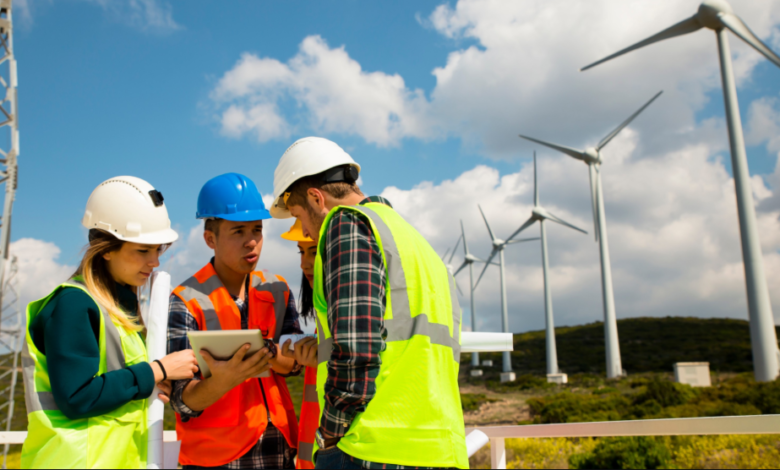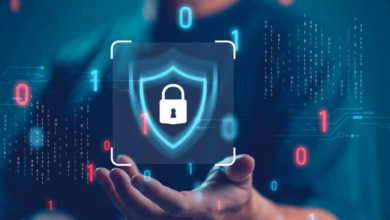A Modern Approach to Energy Independence and Preparedness

Marked by extreme weather, geopolitical tensions, and supply chain disruptions, it’s becoming ever more important for individuals, communities, and businesses to embrace energy independence and preparedness. This article explores contemporary strategies, technologies, and best practices that empower people to take control of their energy future.
1. The Importance of Energy Independence Today
- Resilience Against Disruptions: Events like natural disasters or grid failures can leave millions without power. Energy independence means having the capability to maintain essential operations even during prolonged outages.
- Reducing Dependence on Grid Volatility: Energy costs and availability can fluctuate due to grid demand, fuel prices, or regulatory changes. Building self-sufficiency helps buffer against those risks.
- Enhancing Sustainability Goals: By integrating renewable sources and storage, energy-independent systems can lower carbon footprints and support environmental responsibility.
2. Multi-Tiered Energy Strategies
Energy independence doesn’t mean relying on a single power source. Popular modern approaches include:
- Battery Storage & Solar
Pairing solar photovoltaic (PV) systems with batteries (like lithium-ion or flow batteries) enables the capture and use of renewable energy at any time. You can store batteries during sunny periods and rely on stored energy during cloudy days or at night. - Hybrid Generator Systems
Diesel- or gas-powered generators remain a foundation for backup power, but when combined with renewables and smart controllers, they become more efficient, cost-effective, and eco-friendly. - Microgrids for Community Resilience
Forward-thinking communities and campuses are establishing microgrids, which are localized energy systems that operate independently or in parallel with main grids, boosting reliability, sustainability, and preparedness.
3. Portable & Backup Generators: Reliable and Ready
Portable and standby generators are still essential components within an energy independence framework:
- Versatility & Accessibility: Portable models offer flexibility for camping, construction sites, or off-grid locations; standby units provide seamless home or facility power when outages occur.
- Smart Controls & Remote Management: Modern generators let you monitor performance, fuel levels, and maintenance needs via mobile devices, enhancing reliability and reducing downtime.
- Hybrid & Clean-Fuel Options: Many new generators support cleaner fuels like propane or biofuels, and some feature start/stop integrations with solar and battery systems to minimise emissions.
Tip: If you’re exploring generator options for backup or hybrid systems, check out these power generators for sale; they’re a great starting point to find units tailored to your needs.
See also: Kickidler DLP USA – User Behavior Analytics for Threat Detection
4. Designing a Robust Energy-Independent System
To build a resilient energy solution, consider the following steps:
- Conduct a Needs Assessment
- What’s your critical energy load? (e.g., fridge, medical equipment, communications)
- What’s the duration of backup you require? (e.g., hours, days)
- Are environmental and emissions concerns a priority?
- Identify Suitable Technologies
- Solar PV + battery bank
- Hybrid generator system
- Grid tie-in or off-grid microgrid options
- Ensure Smart Integration
- Use inverters and energy management systems that coordinate between solar, battery, and generator inputs.
- Adopt remote monitoring tools for predictive maintenance and efficiency insights.
- Plan for Fuel and Maintenance Logistics
- If using generators, secure a reliable fuel supply, this may include grid delivery, on-site tanks, or alternative clean fuels.
- Schedule regular servicing to ensure generators will perform when needed.
- Scale and Future-Proof
- Start with a system that meets current needs but allows for expansion, such as adding more solar panels, increasing battery capacity, or increasing additional generator capacity.
5. Looking Ahead: What’s Next?
Looking toward the future, several emerging shifts are redefining energy independence:
- Green Hydrogen & Ultra-Clean Generation
Hydrogen-powered generators and fuel cells promise near-zero emissions backup, although they are still developing in terms of cost and scale. - Peer-to-Peer Energy Sharing
Innovations in neighborhood-level energy trading (e.g., solar power sharing) and virtual power plants are enabling communities to share surplus power. - AI-Driven Energy Management
Advanced systems now use AI to dynamically balance between solar, storage, and generator inputs, optimizing for cost, efficiency, and reliability.





